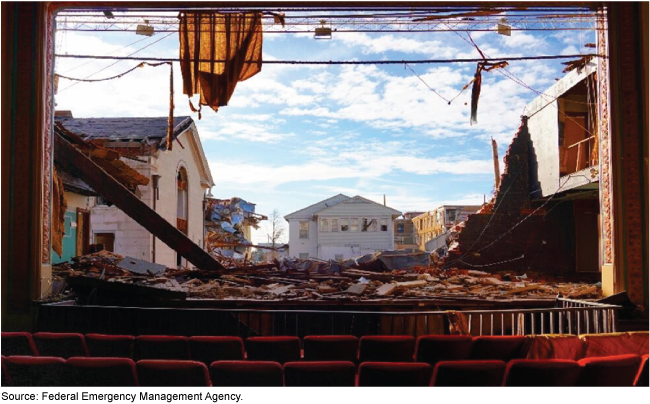GENIUS Act Loophole: The Silent Threat Undermining Rural America’s Economic Backbone
I’ve spent much of my life representing rural Alabama towns where hard work isn’t just a value, it’s a way of life. Where families build legacies one acre, one storefront, one paycheck at a time. And at the heart of these communities, quietly keeping everything moving, are our community banks.

These local banks aren’t faceless corporations. They’re neighbors, the kind who know your name, your kids, and maybe even your granddad’s old farm loan. They’re the reason a young couple can buy their first home, a farmer can afford a new tractor, or a small business owner can expand and hire from within the community. In rural America, community banks are not just financial institutions, they're engines of opportunity.
But a dangerous loophole in the GENIUS Act now threatens to choke that engine and the economic lifeblood of rural towns along with it.
The Law That Opened the Wrong Door
The GENIUS Act was created with good intentions. It sought to keep stablecoin issuers companies offering “stable” digital currencies from acting like unregulated banks. Lawmakers wanted to protect consumers from risky crypto schemes promising easy profits.
So far, so good.
But here’s the catch: the Act’s fine print contains a loophole big enough to drive a truck through. It allows stablecoin issuers to offer interest and yield payments indirectly, through third-party affiliates. This clever workaround undermines the entire spirit of the law, turning crypto firms into shadow banks without the rules, without the oversight, and without the responsibility that real banks carry.
And while Silicon Valley investors might cheer, the cost will be borne by places like Decatur, Demopolis, and Dothan, the small towns and counties that still depend on their local banks to survive.
Why This Hits Rural Communities Hard

Community banks depend on local deposits to make local loans. Unlike big national banks, they don’t have billion-dollar buffers or hedge fund backers. Every dollar a community member deposits becomes a dollar that can help someone else in that same town.
But if everyday folks start pulling money out of their local banks to chase high crypto yields, those lending pools dry up fast. And when that happens, the consequences hit home immediately:
A young family can’t secure financing to build their first house.
A farmer can’t replace failing equipment before harvest.
A small-town café puts expansion plans on hold or worse, closes its doors.
When local lending dries up, rural economies stall.
A Shift From Real Value to Digital Illusion
This loophole doesn’t just shift money, it shifts values. It encourages people to move their savings away from institutions that invest in real people, real jobs, and real towns, and funnel it instead into digital assets that don’t share those commitments.
Stablecoins aren’t backed by the FDIC, meaning if things go south, your hard-earned money could vanish with no protection, no safety net, and no way back.
In contrast, community banks have stood the test of time. They’ve survived recessions, pandemics, and natural disasters because they understand the local pulse. They know who needs help and they step up, again and again.
Level the Field Before It’s Too Late
Rural America cannot afford to have its financial foundations eroded by fine print. The GENIUS Act, in its current form, unintentionally favors speculative tech over steady, proven institutions that have supported generations.
We don’t need to stop innovation but we do need fairness. The same rules that protect consumers in traditional banking should apply to new digital players. Without that balance, the small towns that built this country risk being left behind.
Community banks don’t just hold our money, they hold our future. It’s time policymakers remember that before another loophole widens the divide between Wall Street and Main Street.







